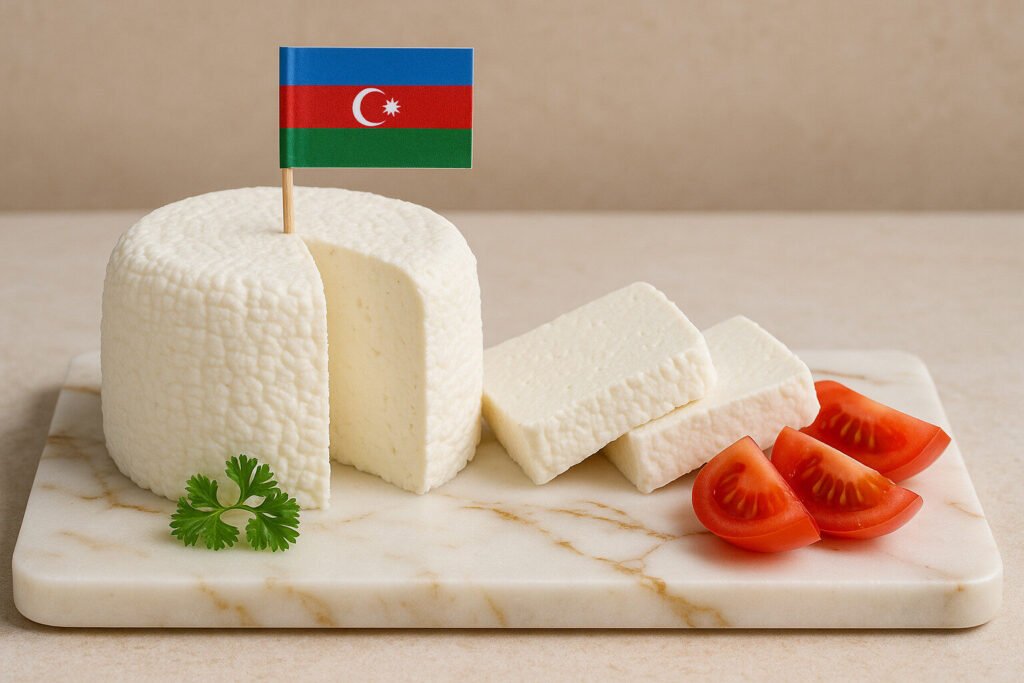Pasture Fed Cheese
Definition and Scope
Pasture fed cheese is produced exclusively from the milk of animals that graze on fresh pasture. This category excludes milk from animals fed on silage, hay, or concentrated grains. The definition hinges on a natural, forage-based diet for the dairy herd. This method directly influences the biochemical composition of the milk.
The scope of pasture fed cheese encompasses various milk types, including cow, goat, and sheep. It is not a single cheese style but a production parameter applied across many varieties. This classification is often verified through specific farming certifications. It represents a commitment to traditional, grass-based animal husbandry.
Production Methodology
Production begins with the management of dairy herds on open pastures for the majority of their diet. Farmers must ensure a consistent supply of diverse grasses, herbs, and clover. This grazing practice is seasonal in many climates, influencing milk availability. The animals’ diet is the central, defining factor of the entire process.
Cheesemaking follows standard procedures for the specific cheese variety being produced. The key differentiator is the unique raw material: milk rich in pasture-derived compounds. No special techniques are applied during the curdling or aging phases solely for being pasture fed. The terroir is expressed through the milk’s inherent qualities before cheesemaking even begins.
Sensory Profile
The flavor profile of pasture fed cheese is notably complex and often more robust than grain-fed counterparts. It frequently exhibits herbaceous, floral, and grassy notes directly linked to the pasture. These cheeses can have a deeper yellow hue due to higher beta-carotene levels from fresh grass. The taste is a direct reflection of the local biodiversity.
Texturally, these cheeses can vary widely based on their style, from soft and unctuous to hard and crystalline. However, the fat composition from a pasture diet often contributes to a creamier mouthfeel. The aroma is typically more pronounced and earthy. Seasonal variations in pasture can cause subtle shifts in the sensory characteristics throughout the year.
Culinary Uses
Pasture fed cheeses are highly valued on cheese boards for their distinct, terroir-driven flavors. They are best served at room temperature to fully release their aromatic compounds. Their complex profiles allow them to stand alone without accompaniments. They are often the centerpiece of a tasting experience.
In cooking, these cheeses can be used in any application that calls for their style, such as melting or grating. Their pronounced flavors mean a smaller quantity can impart significant taste to a dish. They are excellent in salads, on top of burgers, or melted into sauces. Using them highlights a commitment to quality, ingredient-forward cooking.
Regional Examples
Notable examples include many traditional European cheeses where pasture-based dairying is the norm. Comté from France is a prominent Protected Designation of Origin (PDO) cheese requiring pasture access. Its flavor directly correlates with the flora of the Jura Massif pastures. The system is deeply integrated into the regional agricultural fabric.
In the United Kingdom, cloth-bound Cheddar from producers like Montgomery’s is a classic example. In Italy, Parmigiano-Reggiano regulations mandate a diet including local grasses and hay. These regional products demonstrate how pasture feeding is embedded in the identity of famous cheeses. They serve as benchmarks for the category worldwide.
